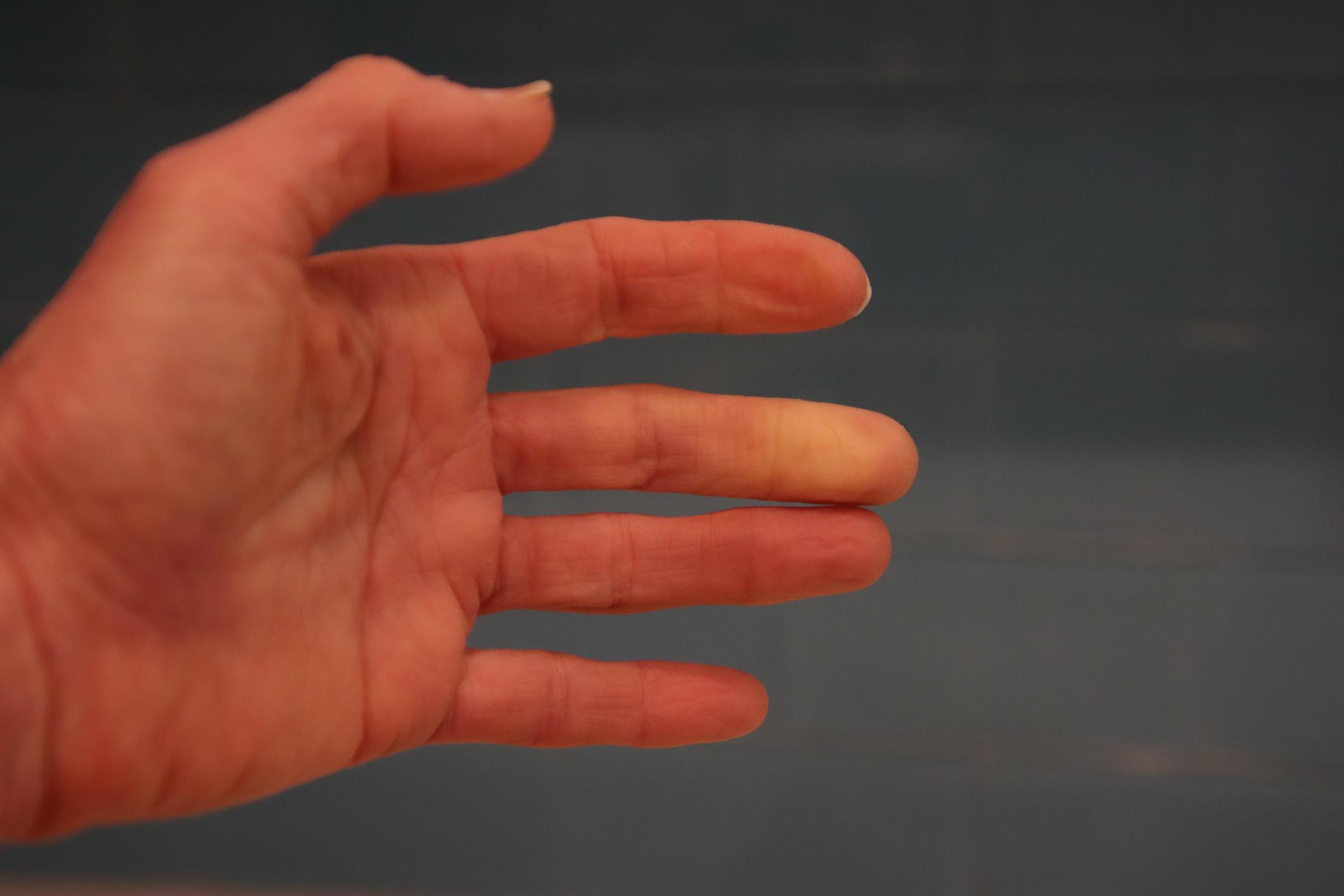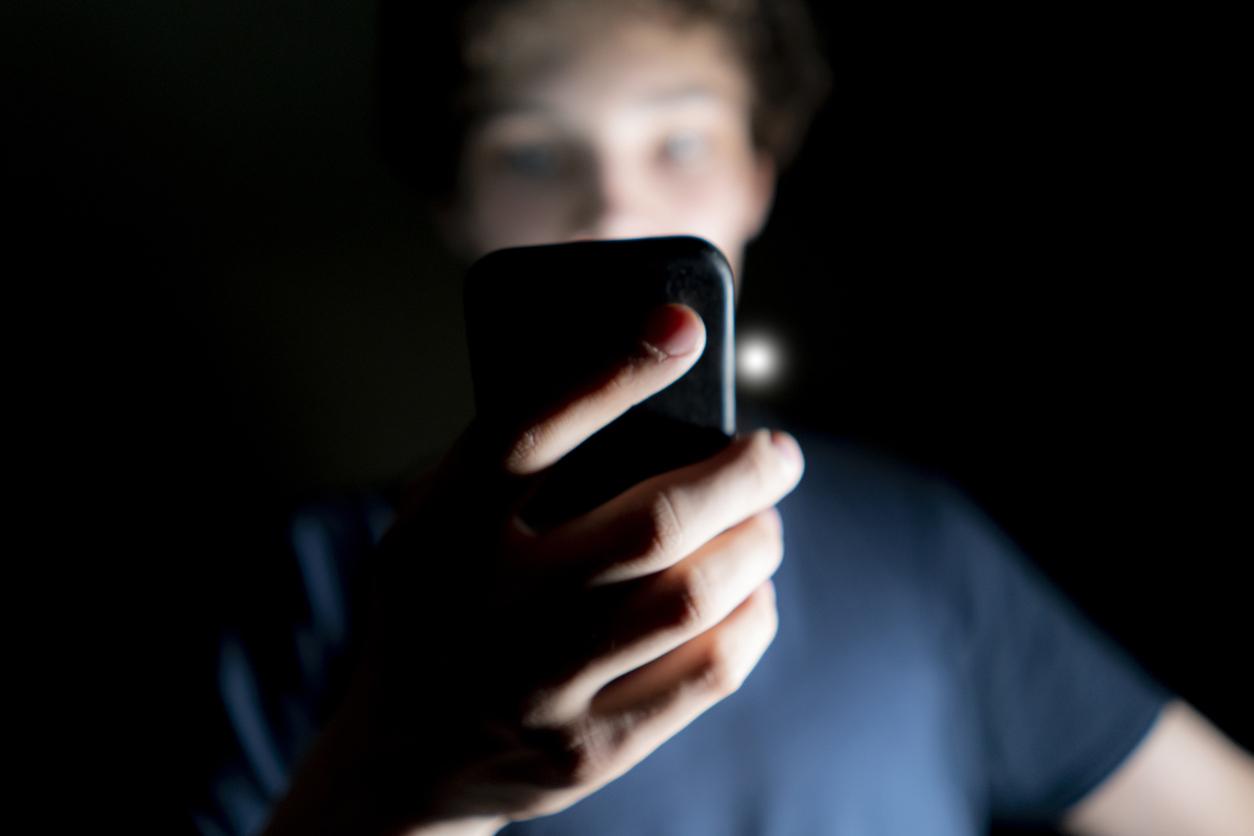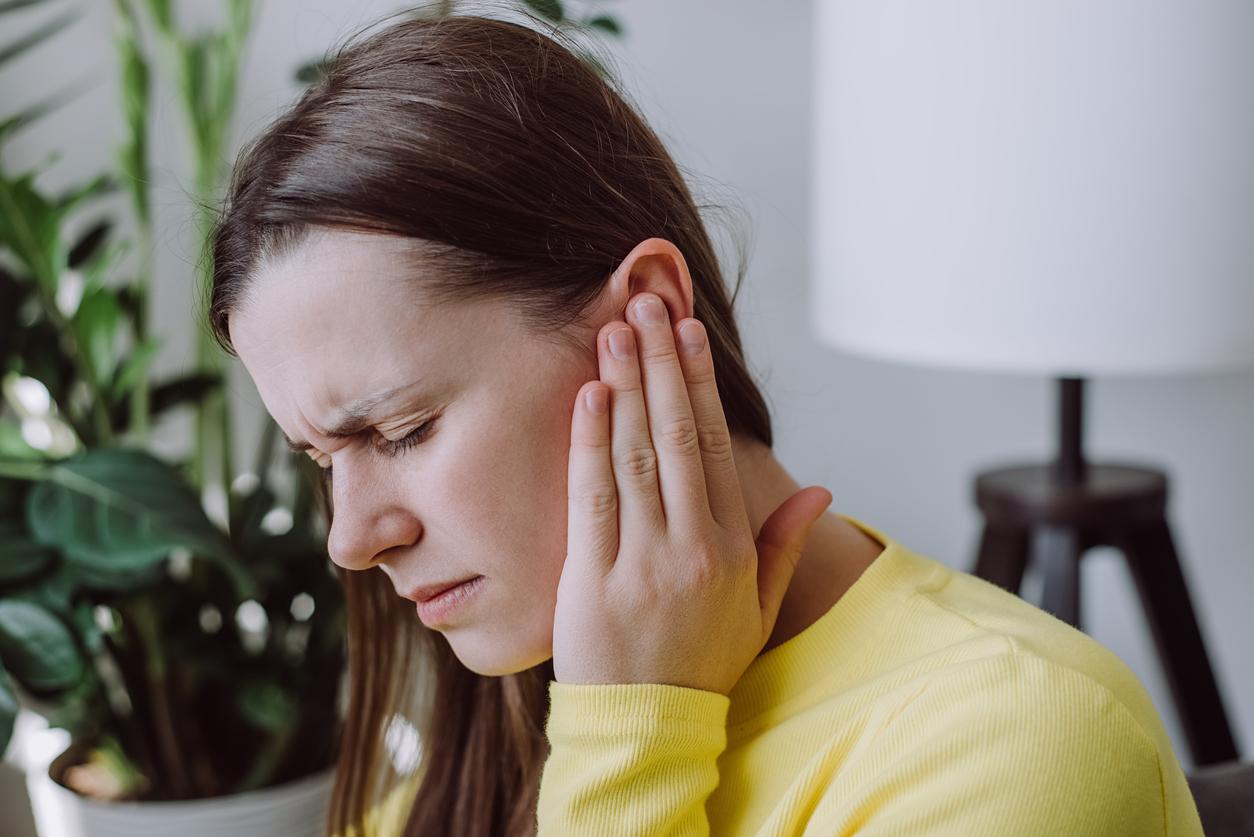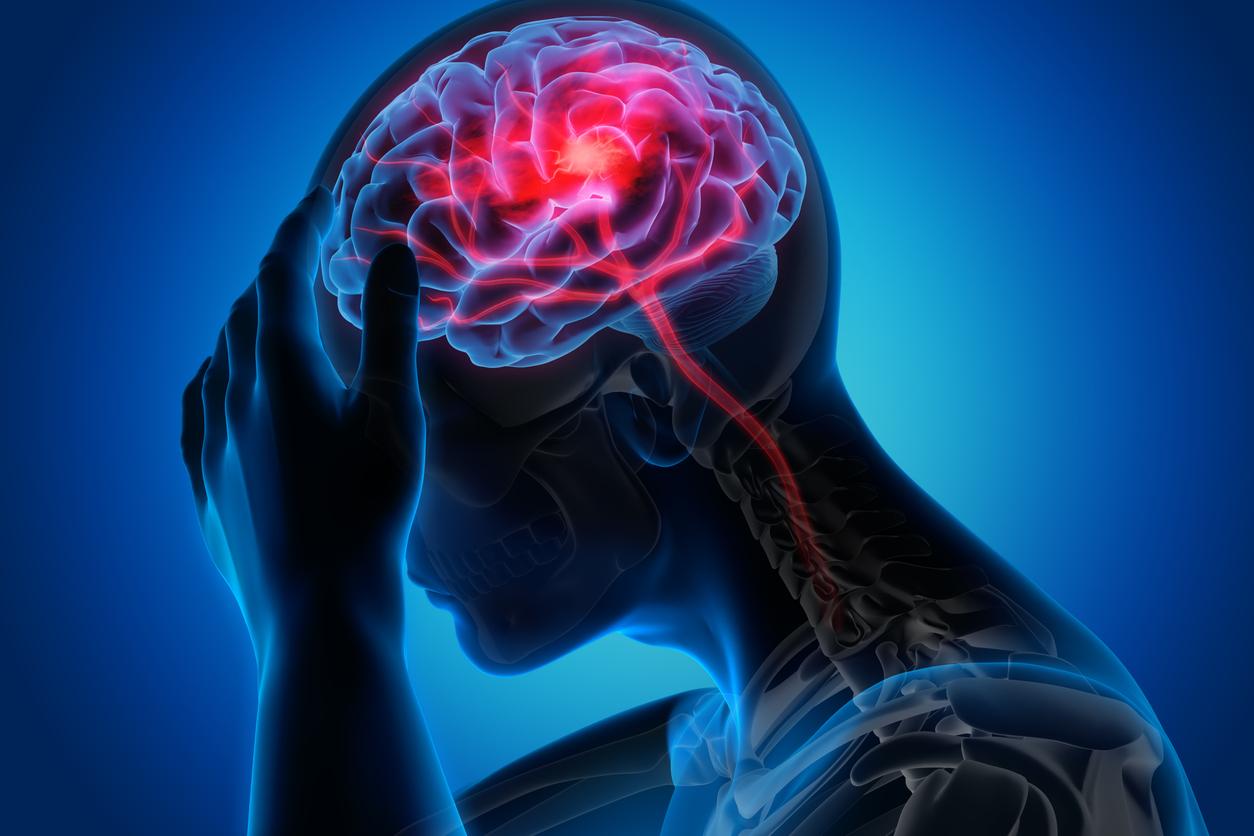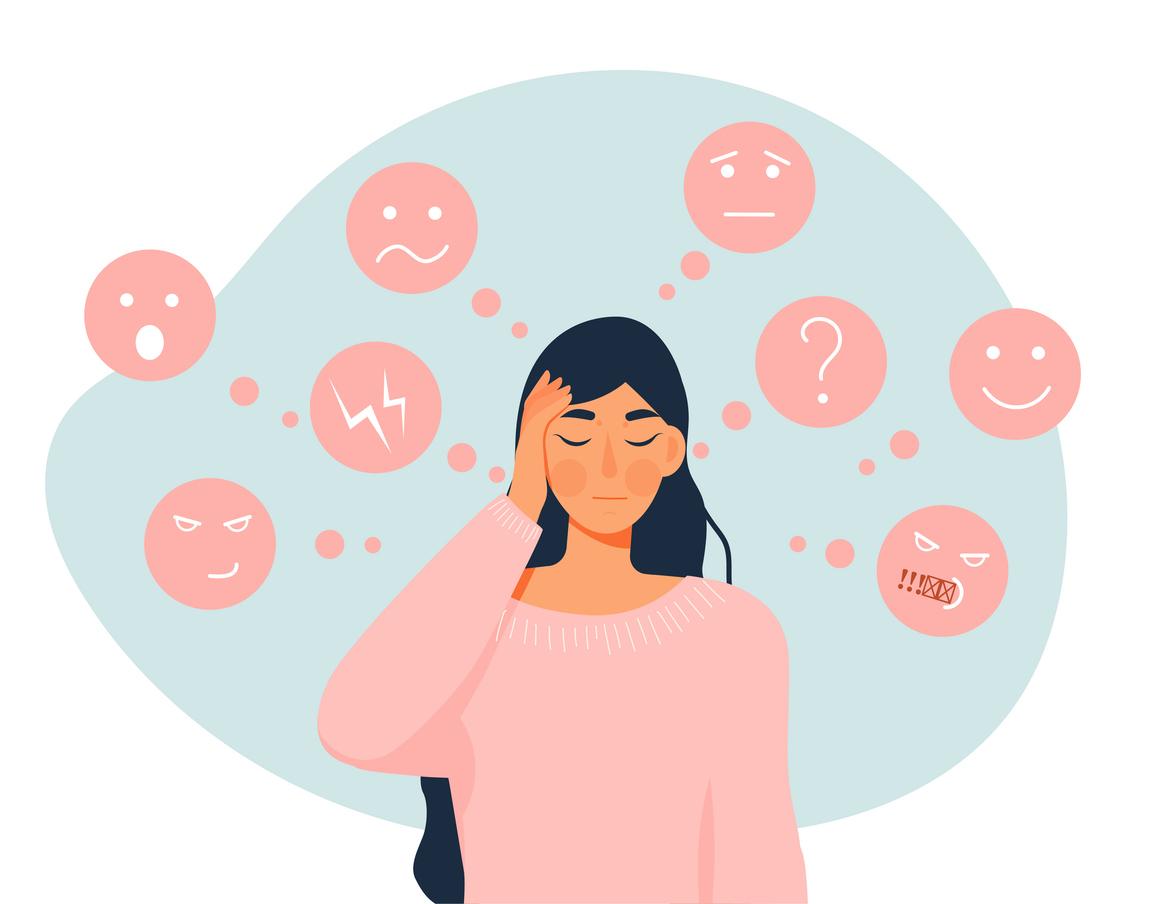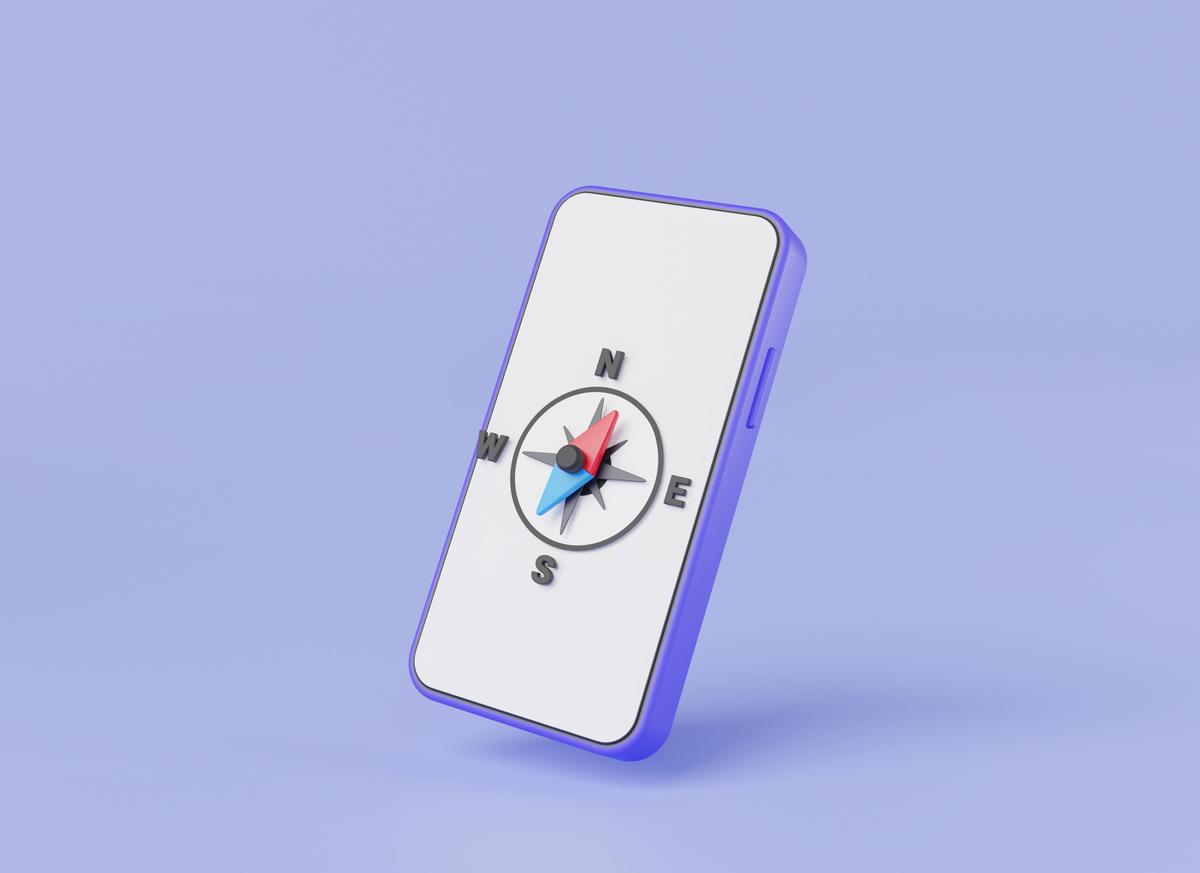Dr. Venet Osmani, from the Experimental Telecommunications Research Center in Trento, Italy, discovered that the smartphone was able to detect the state of our mood. And that it was therefore possible to use its data, collected using built-in sensors, to find out if a person bipolar disorder is in the process of making a manic turn or if she is, conversely, in a phase of depression.
Extreme mood swings
Bipolar disorder, also called bipolar affective illness, is a serious psychiatric condition. Sufferers, often referred to as manic-depressive, exhibit extreme mood swings and oscillate between intense excitement, called mania, and deep depression, each of these phases being unrelated to the events actually experienced.
12 patients followed for 12 weeks
Dr. Osmani’s study was set up in a psychiatric hospital in Tyrol, Austria, under the supervision of Innsbruck University Hospital. It lasted from November 2012 to August 2013 and involved 12 patients over 12 weeks.
Each patient was given a smartphone but without instructions on how to wear or use it and each underwent a mental state exam at the start and end of the experiment to define their mood (ranging from -3 for severe depressive episode to + 3 for manic episode) to be able to compare the results with those of the smartphone.
Monitoring data, which shows whether the patient moves a lot from place to place (which would be a sign of a manic phase) or if he remains prostrate in the same place for a long time (in a depressive phase) as well as that knowing the follow-up of the number and duration of the calls (in the manic phase, the bipolar person is affected by a real logorrhea and speaks without stopping) allowed the doctor to know in real time what mood the patients were in. This made it possible to adapt the treatment in real time.
Dr. Osmani acknowledges that this study was conducted on a very small number of patients. But he hopes to launch another phase of study on a much larger panel of patients.
Read also :
Bipolar disorder: early diagnosis to avoid the risk of suicide
Bipolar disorder: patients take more risks










